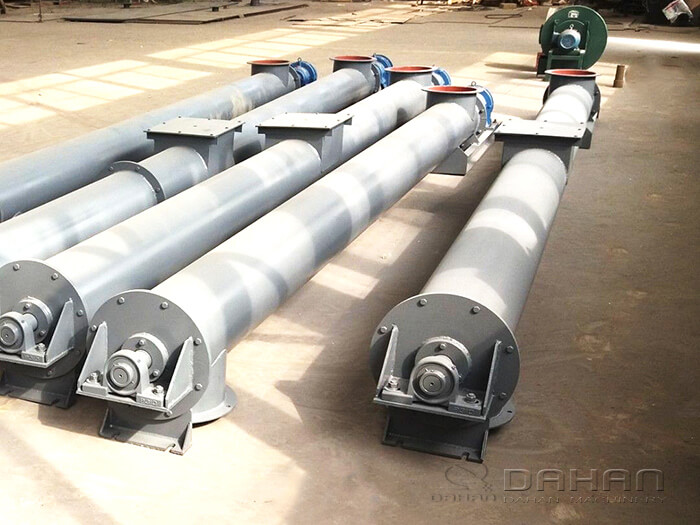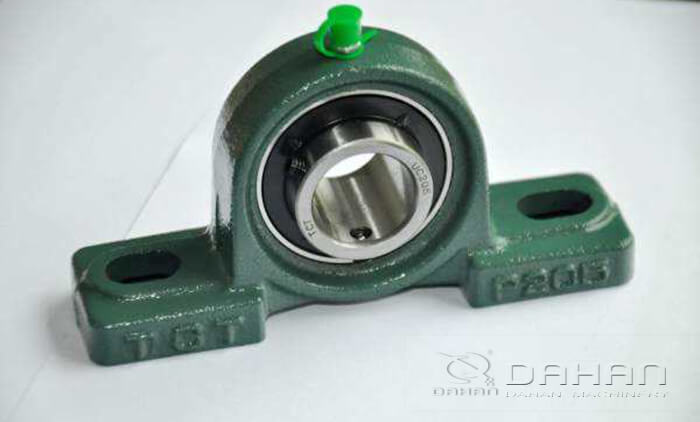
In the application process of the tube screw conveyor, most of the environment is material dust is relatively large, the material dust is easy to form a smooth oil thin, which aggravates the wear of the bearing. So what are the common fault prevention methods for tube screw conveyors?
The application environment of the tube screw conveyor is quite inferior. The inside of the conveying trough is the material that is tumbling, and the inside is the space where the dust overflows. If the seal is not thorough, once the contaminants in the material and air enter the bearing cavity, the wear of the bearing will be formed, and the wear of the shaft head will also be formed. The application life of the tube screw conveyor is greatly reduced.
At the moment of production, if the planned screw production is not well-conceived, the material will easily overflow from the machine body, which will increase the dust in the surrounding environment, and the dust will stick to the smooth oil more easily, resulting in excessive viscosity of the smooth oil. If it is a U-shaped groove screw conveyor, then the upper part of the body has a cover plate. Some users in the application process in order to facilitate the inspection of the material in the body, the cover plate is removed from the application, and the spiral blade advances the material. At the moment, because of the high speed, the material dust is easily formed. This is also one of the factors that form the surrounding industrial and mining, workshop production environment and equipment problems.
Because the specific gravity of the material is too light, there will be a stirring effect in the process of advancing the material in the early spiral blade, and the material will be stirred. If the specific gravity of the material is too light, the material will easily overflow and overflow from the body to form a four-week. The pollution of the surrounding environment will also form the equipment bearing ash.

The left end of the bearing housing is connected to the inside of the conveying trough, and the tank is filled with materials, and a leakproof and dustproof seal is adopted. As usual, the torsion shaft lip seal is included in the skeleton type bowl oil seal. The important information of the oil seal is all kinds of rubber and has a steel skeleton. In the free state, the inner diameter is smaller than the shaft diameter, and there is a certain amount of interference. After being installed, the pressure of the lip and the contraction force of the self-tightening spring exert a certain holding force on the sealing shaft, and the leakage gap is blocked to reach the target of the sealing. The right end of the bearing cap is connected to the pulley, because the dust in the space of the matter is overflowing, and the dustproof seal must be prevented.
We adopted a packing seal, machined the sealing groove on the bearing cap, and filled the groove with a felt ring. The felt has natural elasticity and is loose-bore sponge. It can store smooth oil and dustproof. When twisting, the felt can scrape off the smooth oil from the shaft and repeat itself. Nowadays, the tube screw conveyor is planned to move the head and tail bearings to the outside of the casing. The sling bearing adopts the sliding bearing and has no dust seal assembly. The bearing bush adopts powder metallurgy as usual, and the cement conveys the felt bearing bush.
If you have other questions, please consult the online customer service staff of Xinxiang Dahan Machinery.
Write down your information and we will get back to you as soon as possible!
30 YEARS OF INDUSTRY EXPERIENCE